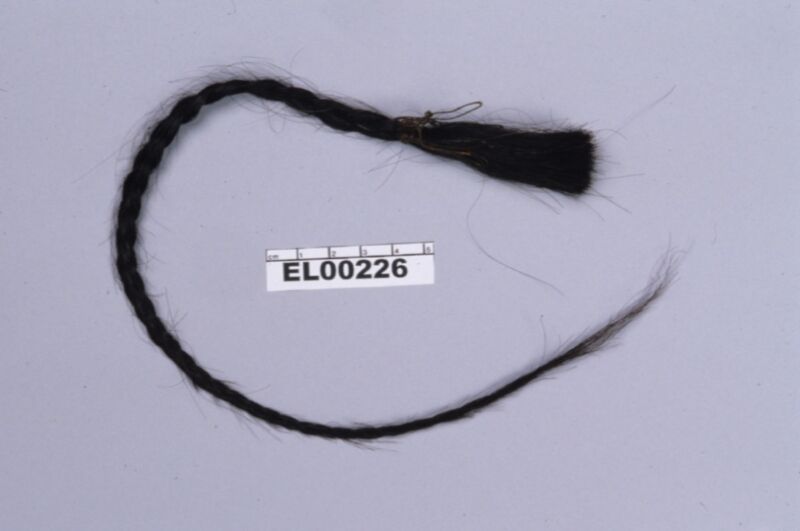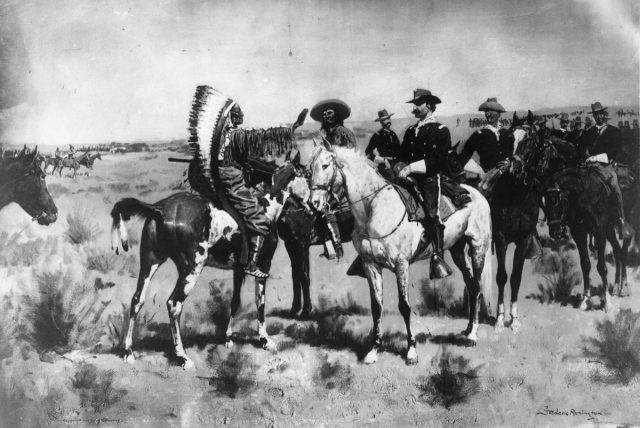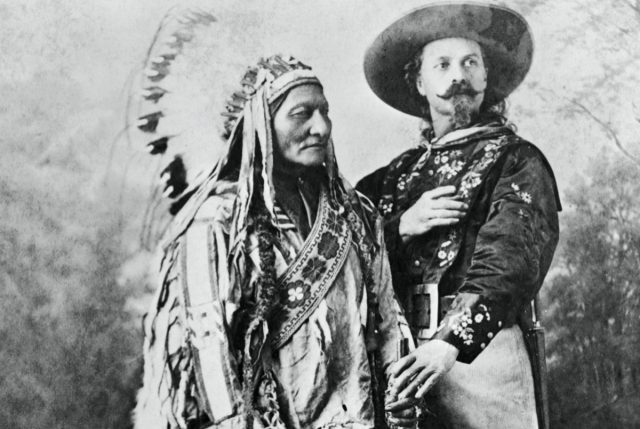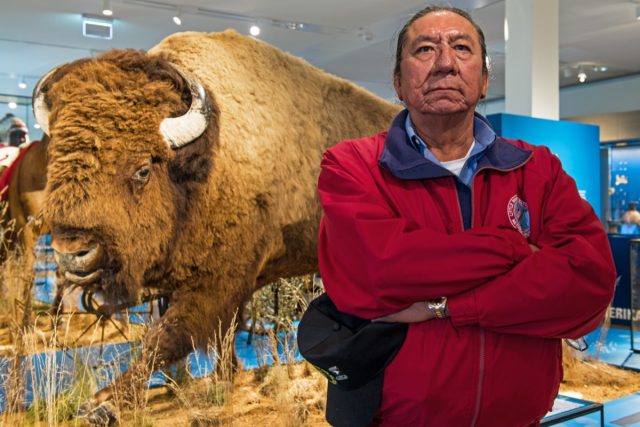By admin
- October 29, 2021

Pump jacks are seen at dawn in an oil field over the Monterey Shale formation near Lost Hills, California. Shale oil and fracking had not been profitable, even before the pandemic.
David McNew/Getty Images
About the author: Bianca Taylor is founder of Tourmaline Group, an ESG research boutique. She is also a Public Voices fellow with the OpEd Project and the Yale Program on Climate Change Communication, and a member of the Bretton Woods Committee.
Natural-gas prices are skyrocketing globally, flummoxing policy makers. As parts of the world emerge from the pandemic, energy demand is up and supply down after the cold winter of 2020, worsening temperature extremes, severe drought in South America, and other shortages caused by geopolitical tensions. Here in the U.S.,natural gas prices are up about 100% from a year ago. In the U.K., they’re up about 500%.
Normally, a spike in prices induces energy companies to increase production, but not this time. Energy prices fell by as much as 70% early in the pandemic. According to a New York Times report, energy executives are not willing to increase production because they are still experiencing the trauma from the crash, and Wall Street is hesitant to fund exploration because of new pressures to meet climate and ESG (environmental, social, governance) goals.
But the truth is actually less complex: even before the pandemic, shale oil and fracking had not been profitable.
According to data from Credit Suisse’s HOLT database, North American energy companies had a return on investment below their cost of capital for 21 out of the last 30 years. In other words, 70% of the time, returns were disappointing.
Over the last 15 years, debt levels doubled as earnings stagnated, causing the probability of default to rise. This debt was underwritten to drill wells that produced less than would have been projected from initial data. Shale oil fields have what industry calls a “high depletion rate,” meaning that the fracking process itself impedes the capturing of the full amount of oil and gas in the fields.
In order to turn a profit, the drilling and extraction needs to be done slowly, but energy executives were being paid to show high revenue growth. As a result, many, including the industry darling Chesapeake Energy, went bankrupt.
North American “energy “has been a wealth destructive business in recent history,” a Credit Suisse analyst wrote in an August 2021 report. As a result, “many firms have shifted focus away from just growth to achieving an acceptable return on their investments.” Management is now being incentivized to focus on returns, the report notes.
This new slow-growth model is why sky-high prices will not induce energy executives to ramp up production. Energy executives’ incentives are now linked to profits, and that cannot be achieved with a sudden increase in drilling. Profits will have to come patiently, over time, by making the most of the wells in place today.
That said, it is possible to increase supply, without more drilling. One way is to plug the methane leaks that are rampant in gas pipelines. According to a study published in Science, the leaks in the largest natural gas producing region of the U.S., the Permian Basin in Texas, amount to 4% of the total natural gas produced in the region.
A 4% increase in supply in one region might not normalize prices, but it is nothing to sneeze at. It might even equate to a bump in executive bonuses. And they would be able to call it an ESG investment because methane emissions top the list of environmental and climate concerns.
Last month, the U.S. joined the Global Methane Pledge, which aims to cut one-third of global methane emissions by 2030. Capturing and marketing methane that would otherwise be lost to the atmosphere requires upfront investments and ongoing attention across a vast array of drill sites and pipelines. That’s why many companies have chosen to ignore the problem.
Natural gas is mostly methane. Methane is an odorless, flammable, toxic gas found in manure, decomposing swamplands and deep below the ground, where frackers try to capture it. Undetected, a methane leak could kill people who are exposed to the gas. There are other health risks, and long-term effects in communities with continual exposure that are not yet fully understood.
This greenhouse gas is also 80 times more powerful than carbon dioxide over a 20 year period. About 25% of the global warming we are experiencing is attributable to methane gas released into the atmosphere due to human actions—and over a third of those emissions come from oil and gas. A new report from the International Energy Agency, a respected authority on the global energy market, finds that the world’s climate goals are dependent on eliminating 75% of methane pollution from fossil fuels this decade.
The current spike in gas prices, though, is as much about investors’ concerns about the past as it is the future. After years of minimal or negative returns, U.S. producers are finally heeding the call not to chase growth at the expense of profits. For the past decade, gas has been artificially cheap due to an era of easy capital and minimal attention to its rampant climate pollution.
A methane clean-up is overdue. It is one of the fastest and easiest ways to reduce greenhouse gas emissions. Oil and gas companies would be foolish not to take advantage of the high prices to invest in a clean-up. It would also help foster the slower, patient return on capital that energy investors want by stabilizing the climate, and thereby also the price volatility of energy.















